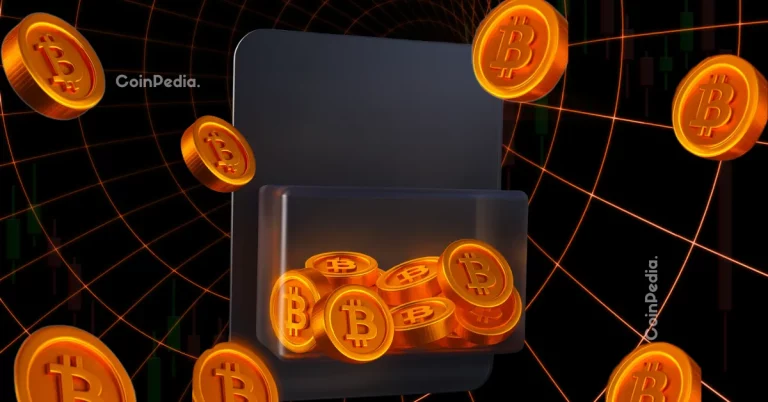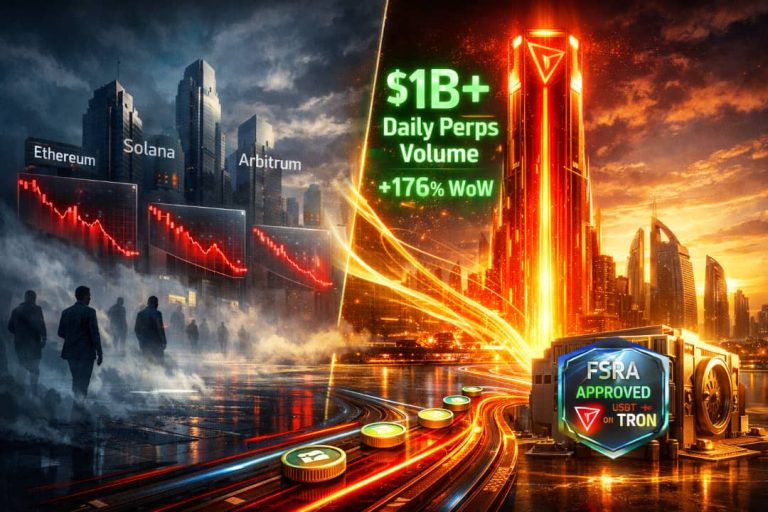
Ray Dalio Flags Concerns Over Federal Reserve’s Quantitative Easing (QE) Policy
Billionaire investor Ray Dalio has voiced significant concerns regarding the Federal Reserve’s latest monetary policy shift. The move to introduce a new wave of Quantitative Easing (QE) amidst strong market conditions could, according to Dalio, lead to a financial bubble. This caution comes as market enthusiasts and analysts closely monitor the implications of this significant pivot.
What Does QE Mean For The Current Economy?
Quantitative Easing, typically employed to stimulate the economy during downturns, is now being introduced during times of strength—a departure from its historical application. Dalio, founder of Bridgewater Associates, highlighted that previous uses of QE were reactions to economic weakness, declining asset prices, and liquidity shortages. However, the current scenario features strong market growth, high valuations, and persistent inflation.
This form of stimulus, as Dalio explained, involves purchasing government bonds, injecting liquidity into the markets, and potentially lowering real interest rates. However, when introduced in an environment already brimming with liquidity and high credit availability, it may cause asset prices to surge to unsustainable levels.
“Stimulus Into a Bubble”
Dalio described the Federal Reserve’s latest actions as “stimulus into a bubble” rather than “stimulus into a bust.” In his recent post on X (formerly Twitter), he explained that adding liquidity while stock prices are already high and credit spreads are narrow could heighten the risk of market overheating.
He tied these developments to the concept of the late-stage “Big Debt Cycle,” where fiscal and monetary forces converge. This cycle places further emphasis on the Federal Reserve’s role in monetizing government debt—a strategy that could magnify market risks. For instance, surging liquidity might drive up both economic inflation and asset inflation simultaneously, creating volatile conditions for future corrections.
Investment Implications and How to Stay Prepared
Historically, liquidity surges have led to both asset price bubbles and stark corrections, such as during the years 1999 and 2011. Dalio warned that a similar scenario could arise, particularly given the stretched valuations of AI-related stocks and other speculative sectors. Gold prices and price-to-earnings multiples, for instance, could expand during this liquidity wave, but they remain vulnerable to sudden reversals.
For individual investors, staying diversified and cautiously monitoring market valuations becomes imperative. Leveraging alternative investments, such as high-quality stocks or physical gold, may help weather potential market corrections. For those considering investments in precious metals, APMEX’s selection of gold offers a reliable option.
It’s also crucial to build a strategy that ensures financial resilience—particularly when economic policies and market cycles appear uncertain. By examining broader economic indicators, like rising deficits and the Federal Reserve balance sheet expansion, informed investors can adjust accordingly.
Conclusion: Preparing for the Unknown
While the Federal Reserve’s QE decisions aim to ensure economic stability, they carry risks of unintended consequences—especially when introduced at the pinnacle of market prosperity. Ray Dalio’s warning serves as a clear reminder: preparation and awareness can help mitigate the potential fallout of policy-driven financial bubbles.
Financial success is not only about timing the markets but also about maintaining disciplined, well-diversified portfolios. Stay informed and explore investment strategies that align with evolving economic landscapes.




